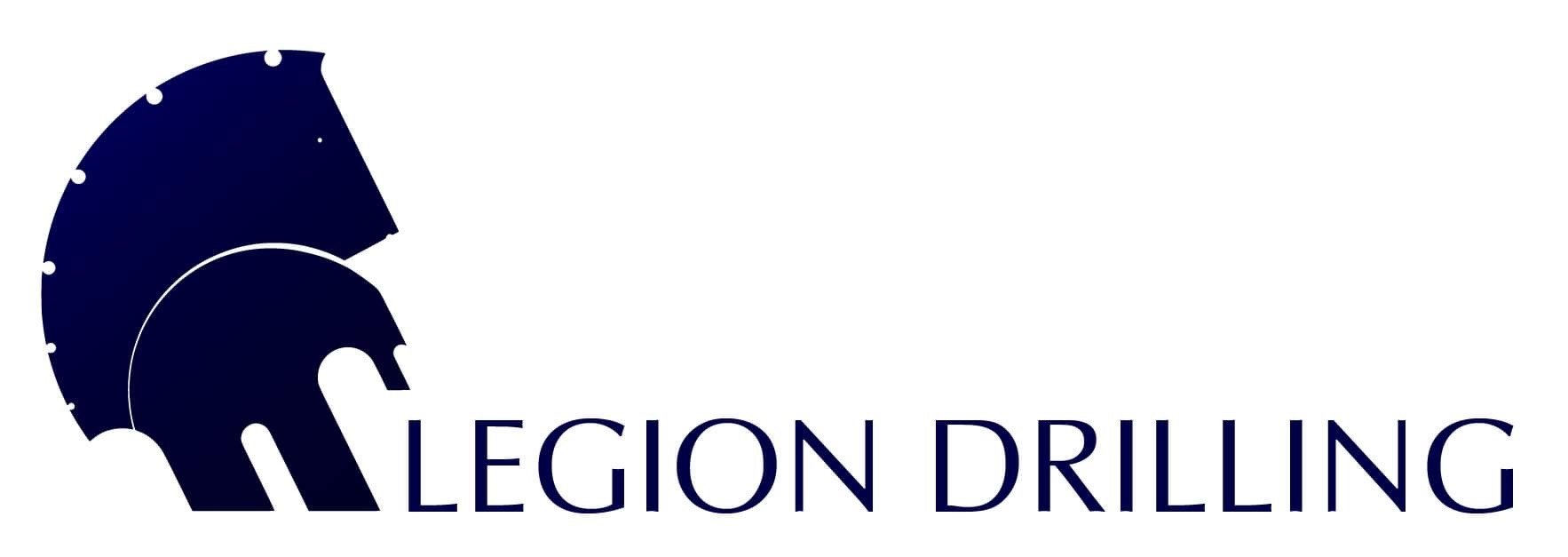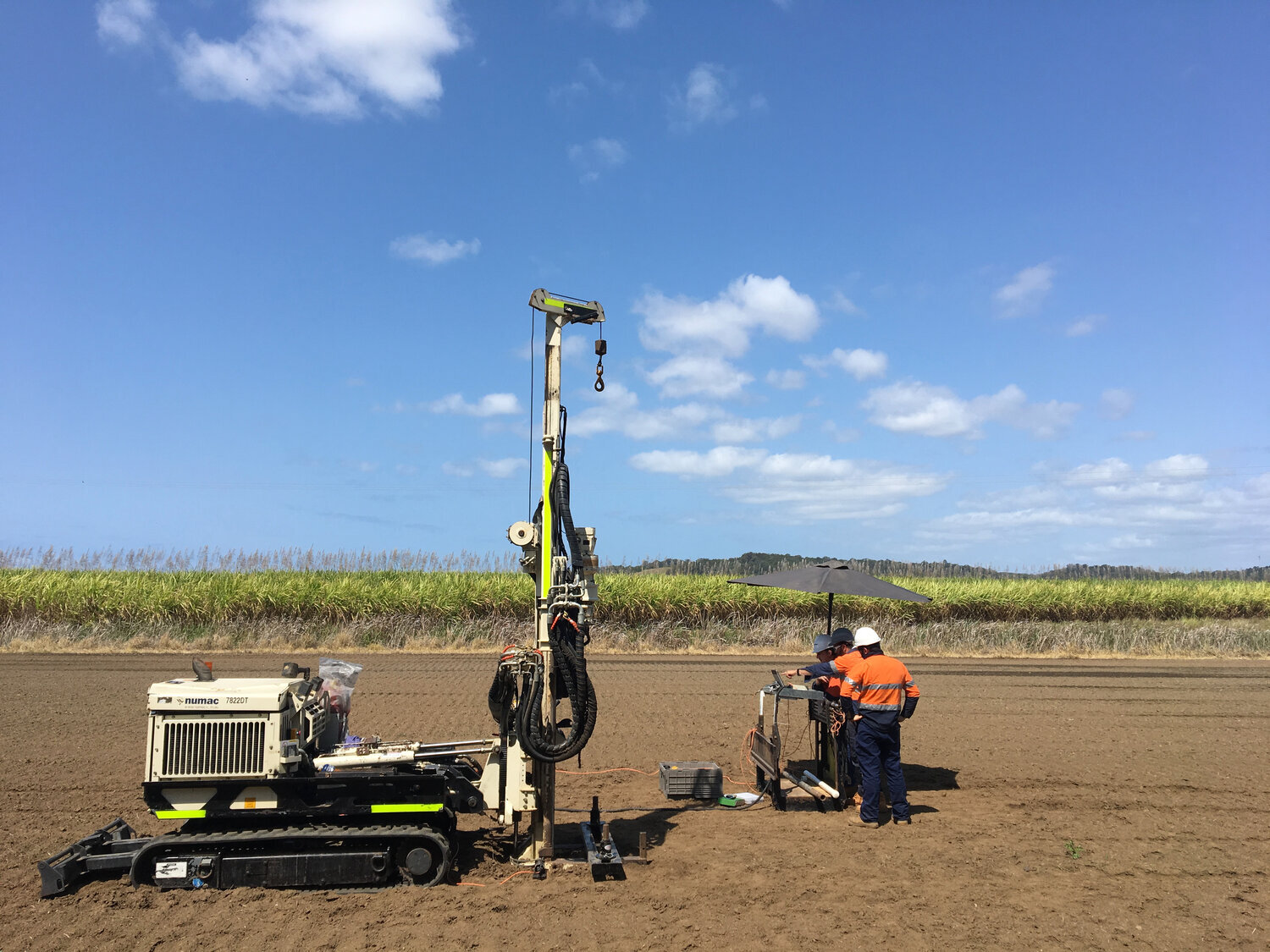Landfill Investigations
SAFE INSTALLATION OF LANDFILL GAS BORES WITH SONIC RIGS
Legion Drilling delivers complex and challenging drilling programs for the installation of bores for landfill investigations. We have a fleet of sonic rigs and direct push logging tools that can assist you in the following areas:
Leachate monitoring and management.
Landfill gas monitoring.
Waste characterisation.
Temperature profiling.
Design of gas extraction systems for energy recovery or other purposes.
Sonic drilling is the best method for the installation of leachate injection/extraction bores and gas monitoring wells. Sonic rigs do not struggle in landfill conditions like conventional Geoprobe® and geotechnical rigs. Furthermore, this method maximises sample recovery and volume and minimises investigation-derived waste (IDW). Sonic sampling provides the most accurate vertical profile classification and ensures full, continuous recovery. This ensures you know exactly when you encounter landfill linings and confining layers. Additionally, a thermocouple can be installed inside sonic drill casing to measure temperature profiles.
Drilling works are conducted in accordance with the highest safety and quality standards thanks to our trained and experienced drillers, fully dedicated HSE team, and third-party accredited safety, quality, and environmental management systems (AS/NZS 4801:2001, ISO 9001:2015, ISO 14001:2015).
DIRECT PUSH PROFILING OF SUBSURFACE CHARACTERISTICS IN REAL TIME
Additionally, our direct sensing tools, in particular the Membrane-Interface & Hydraulic Profiling Tool (MiHPT), can estimate multiple parameters of interest for the assessment of landfill impacts.
The MiHPT system includes the following sensors:
A continuous injection logging system (HPT) for hydrostratigraphic characterisation.
The HPT helps to determine preferential migration pathways, low-permeability zones, and water-saturated hydraulic conductivity values.
An electrical conductivity (EC) dipole for hydrostratigraphic characterisation and detection of brines and leachates.
This sensor can be used to measure the groundwater specific conductance and detect landfill leachates. High EC values may also reflect the presence of certain clays (smectite, montmorillonite), so this log should be interpreted along with HPT measurements to potentially differentiate between leachates and clays.
Three chemical detectors (PID, FID, and XSD) attached to a gas chromatography unit for delineation of volatile organic compounds (MIP).
Methane would cause a positive response in the FID log, while the PID and XSD signals would remain stable.
A thermocouple for temperature logging.
If the chemical detectors are disconnected, the system can collect profiles of temperature indicating aerobic and anaerobic activity.


